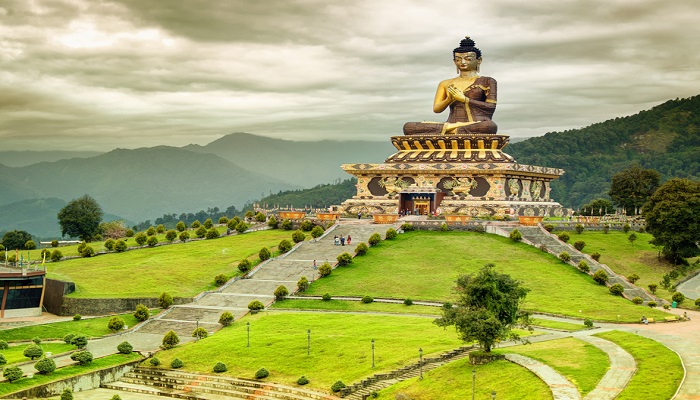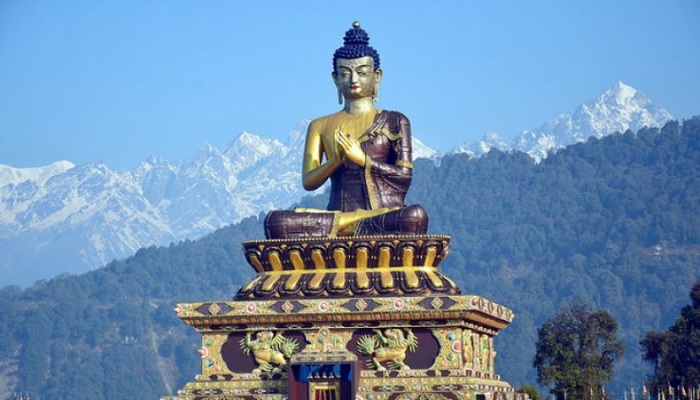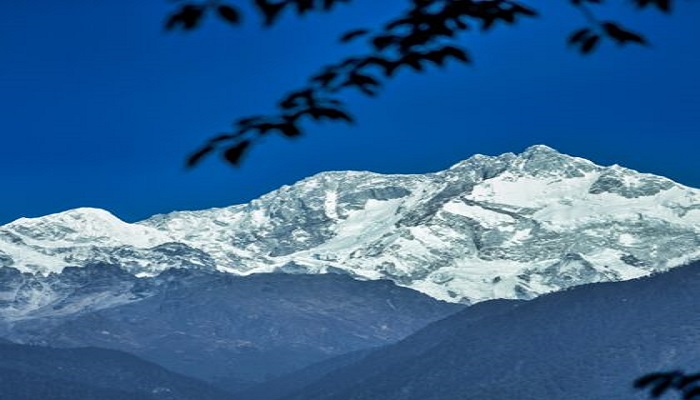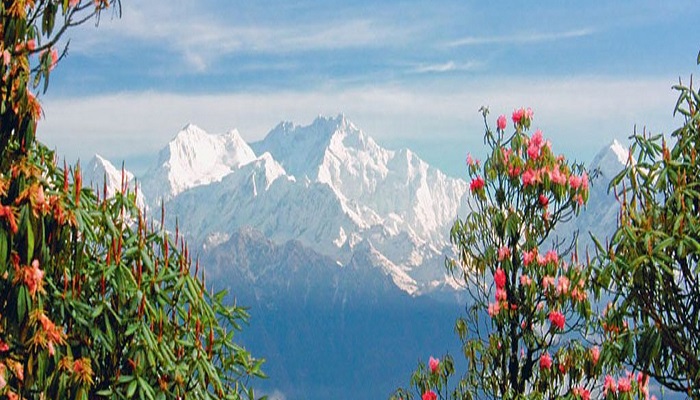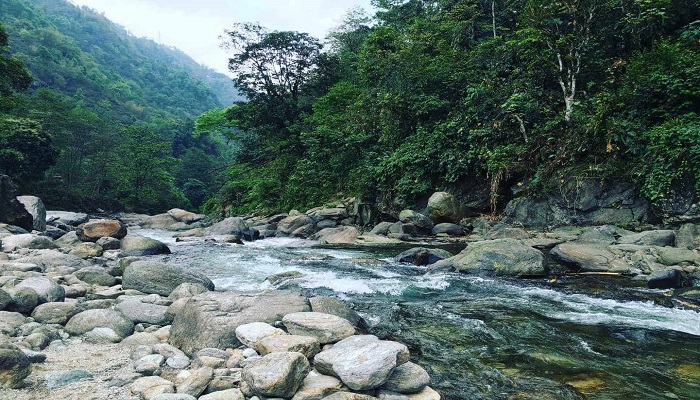Sikkim
Sikkim Overview
Sikkim is the least populous state in India and the second-smallest state after Goa. The state has diverse geography due to its location in the Himalayas. The climate ranges from subtropical to high Alpine. The crowning glory of Sikkim is Mt. Khangchendzonga, the world’s third-highest peak, is located on Sikkim’s border with Nepal. Gangtok is the capital city of Sikkim.
According to legend, the Buddhist saint Guru Rinpoche visited Sikkim in the 9th century, introduced Buddhism. The Namgyal dynasty was established in 1642. Over the next 150 years, the kingdom suffered frequent raids and territorial losses to Nepalese invaders. It allied itself with British India. Siikim merged with India in 1975.
To the travelers Sikkim is a mystical wonderland of natural beauty. The panoramic view of the snow-capped Himalayas, the flower-beaded meadows, the vibrant culture and festivals, the numerous variety of its flora and fauna and the biodiversity makes Sikkim a fascinating and challenging holiday destination.
What you should know About Sikkim?
Region : North East India
Established : 16 May 1975
Capital : Gangtok
Size : 7,096 sq km
Rivers : Teesta River and its tributary, the Rangeet
Forest / Park : Khangchendzonga NP, Shingba Rhododendron Sanctuary, Barsey Rhododendron Sanctuary, Kyongnosla Alpine Sanctuary, Fambong Lho WLS, Maenam WLS, Pangolakha WLS.
Neighbour States : Nepal to the west, China’s Tibet Autonomous Region to the north and east, and Bhutan to the southeast. The Indian state of West Bengal lies to the south.
State Animal : Red Panda
State Bird : Blood Pheasant
State Tree : Rhododendron
State Flower : Dendrobium nobile
Some Interesting Facts About Sikkim
The Kingdom of Sikkim was founded by the Namgyal dynasty in the 17th century. It was ruled by a Buddhist priest-king known as the Chogyal. It became a princely state of British India in 1890. After 1947, Sikkim continued its protectorate status with the Republic of India. It enjoyed the highest literacy rate and per capita income among Himalayan states. In 1973, anti-royalist riots took place in front of the Chogyal’s palace. In 1975, the monarchy was deposed by the people. A referendum in 1975 led to Sikkim joining India as its 22nd state.

